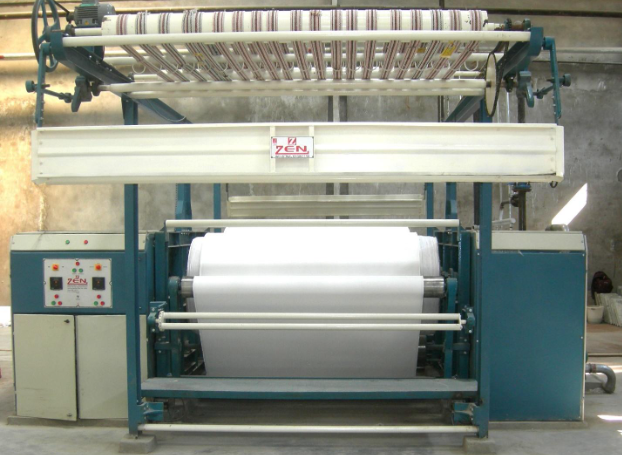Tell The Difference: GOTS Certified & Conventional Cotton
Certification always provides mental assurance. And our textile sector is no different. But there is a question that remains as […]
Tell The Difference: GOTS Certified & Conventional Cotton Read More »












